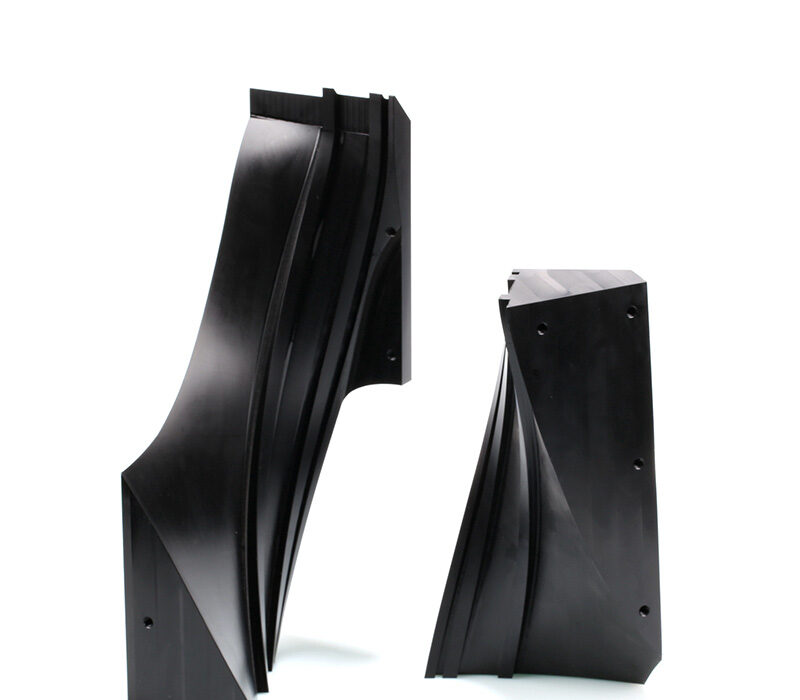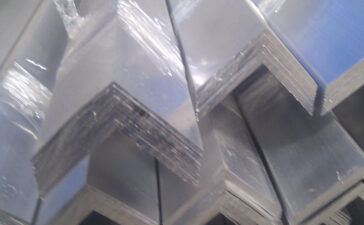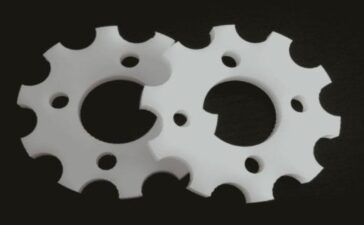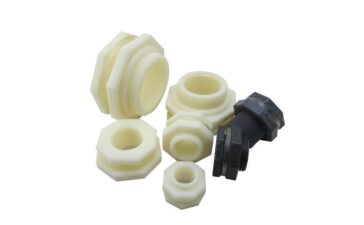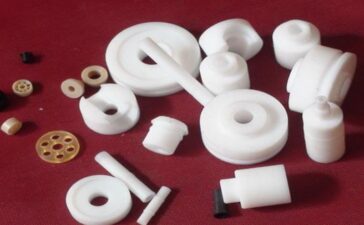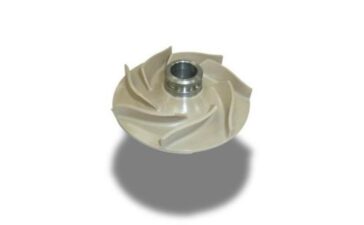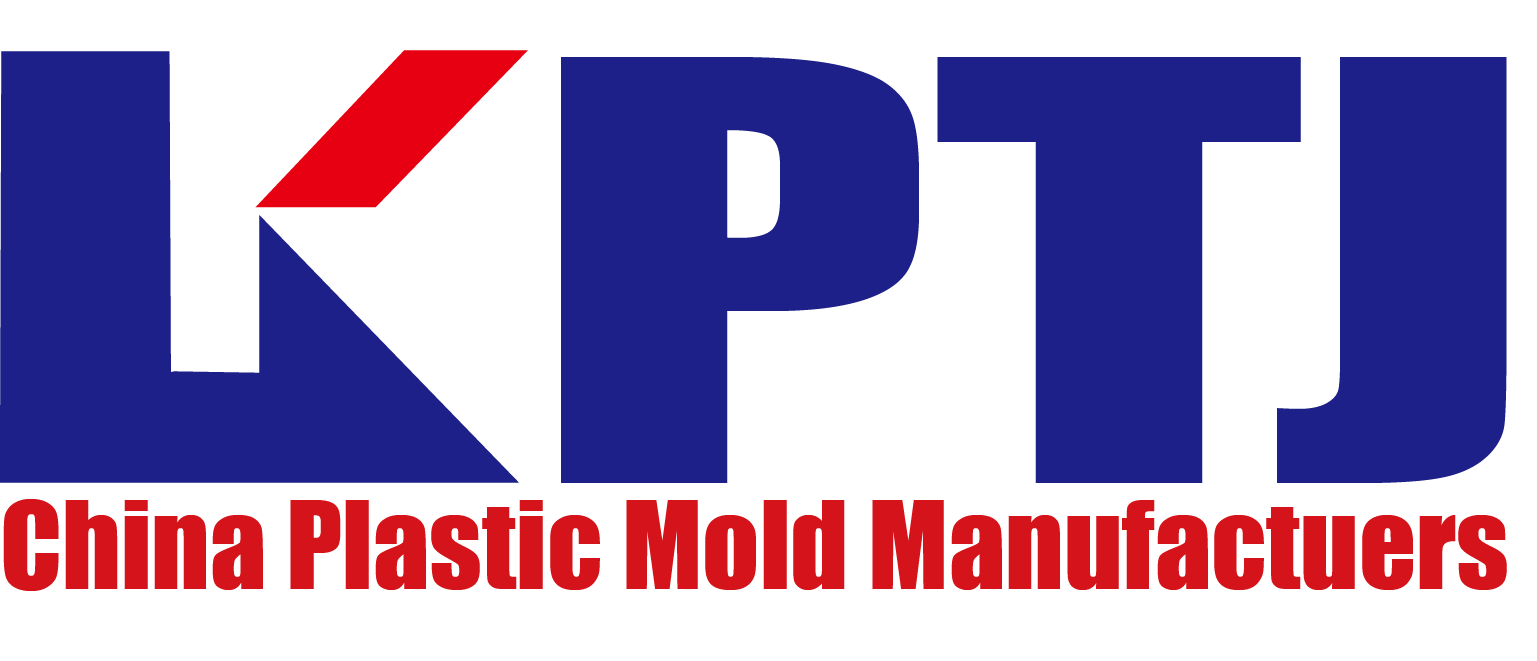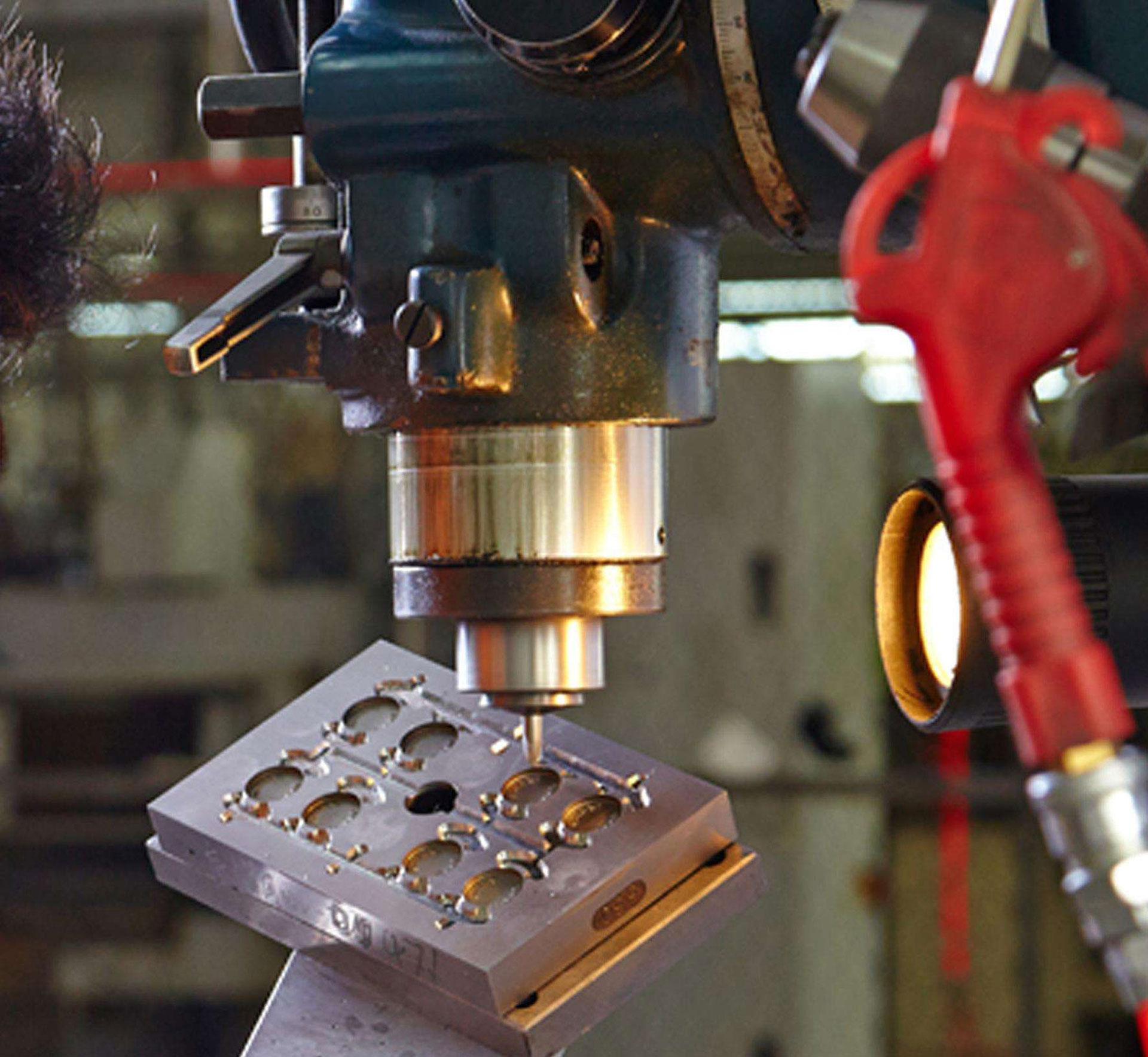Aluminum profiles are aluminum rods with different cross-sectional shapes obtained by hot melting and extrusion. The production process of aluminum profiles mainly includes three processes: melting casting, extrusion and coloring (coloring mainly includes: oxidation, electrophoretic coating, fluorocarbon spraying, powder spraying, etc.).
Aluminum profiles are divided into:
1. Industrial aluminum profiles: mainly used in airplanes, trains, industrial radiators, automobiles, electrical appliances, etc.
2. Aluminum alloy building profiles: mainly used for building doors and windows, curtain walls, indoor and outdoor decoration and building structural aluminum profiles.
Aluminum profiles are divided into:
1. Anodized aluminum material: the surface of the profile is anodized, electrolytically colored or organically colored.
2. Electrophoretic painted aluminum: the surface of the profile is treated by anodizing and electrophoretic painting.
3. Powder spraying aluminum material: the surface of the profile is coated with thermosetting organic polymer powder.
4. Fluorocarbon paint spraying aluminum material: the surface of the profile is coated with polyvinylidene fluoride paint. At present, the commonly used heat insulation profile is a kind of aluminum alloy profile that adopts a strip or cast composite.

